Budget-Friendly Tips for a Lush Spring Lawn: How to Save and Sow
- March 5, 2024
- 0 comment
Creating a vibrant and healthy lawn for spring doesn’t have to strain your wallet. With the right strategies and a bit of elbow grease, you can cultivate a lush green space that’s both beautiful and budget-friendly. This article will guide you through economical and effective ways to nurture your lawn, from understanding its basic needs to implementing cost-effective care techniques.
Understanding Your Lawn’s Needs
Soil Testing
Before diving into any lawn maintenance or improvement project, it’s paramount to start with the basics: the soil. The health and beauty of your lawn are directly tied to the condition of the soil beneath it. Conducting a soil test is a straightforward and cost-effective first step that can save you from future headaches and unnecessary expenses. These tests, which are often available through local cooperative extensions or garden centers, provide valuable insights into the pH level and nutrient profile of your soil.

Understanding the pH level is critical because it affects the soil’s ability to hold and supply nutrients to the grass. Most grass types prefer a slightly acidic to neutral pH (between 6.0 and 7.0). If the pH is outside this range, your lawn might struggle to absorb nutrients effectively, no matter how much fertilizer you apply. Nutrient deficiencies, on the other hand, can lead to a host of problems, including poor growth, yellowing leaves, and increased susceptibility to disease and pests. A soil test can identify which essential nutrients are lacking, allowing you to tailor your fertilization strategy to your lawn’s specific needs. This targeted approach not only promotes healthier growth but also prevents the waste of money and resources on unnecessary or incorrect fertilizers.
Choosing the Right Grass Type
The type of grass you select for your lawn can make a significant difference in its overall health, appearance, and maintenance requirements. Not all grasses are created equal, and what thrives in one region may falter in another. This is why choosing a grass variety that is well-suited to your area’s climate is crucial.
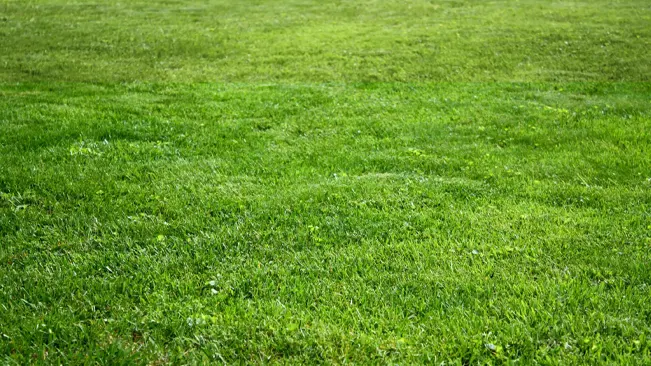
Grasses can generally be divided into two main categories: cool-season and warm-season. Cool-season grasses, such as Kentucky bluegrass, ryegrass, and fescues, excel in northern climates where temperatures can fluctuate significantly between summer and winter. Warm-season grasses, including Bermuda, Zoysia, and St. Augustine, are more suited to the southern regions where summers are long and hot. Researching the grass types that are native or adapted to your region can yield several benefits. These varieties are more likely to resist local pests and diseases, withstand the climate’s peculiarities, and require less watering and fertilizing than non-native species. This not only saves you time and effort but also reduces your lawn care expenses. Many extension services, gardening clubs, and local nurseries can provide recommendations on the best grass types for your area.
Economical Lawn Care Strategies
Mowing Techniques
Mowing your lawn is a task that can greatly influence its health and appearance, and it doesn’t have to cost anything more than your time and energy. The key to effective mowing lies in the height and frequency of your cuts. Setting your mower to the right height is crucial; cutting your grass too short can stress the grass, making it more susceptible to disease, pests, and drought. On the other hand, keeping it too long can encourage pests and fungal growth. The ideal height varies among grass types but maintaining your lawn at the upper end of its recommended mowing height can promote deeper root growth, resulting in a thicker, more robust turf that competes better with weeds and withstands environmental stresses.
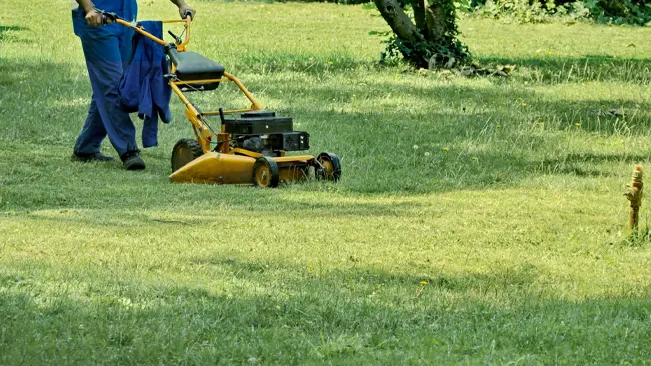
Furthermore, adopting the “one-third rule”—never removing more than one-third of the grass blade length in a single mowing—can help maintain lawn health. This approach encourages a dense growth pattern that naturally suppresses weeds, thereby reducing the need for herbicidal interventions. It’s also beneficial to change your mowing pattern regularly to prevent compaction and wear patterns, which can lead to unhealthy growth conditions.
Watering Wisely
Irrigation is another area where strategic practices can lead to significant savings and a healthier lawn. Many homeowners fall into the trap of frequent, shallow watering, which can lead to shallow root systems prone to stress and drought. Instead, the goal should be to encourage your grass to develop a deep, robust root system that can access moisture even in dry conditions. This is achieved by watering less frequently but more deeply.

A good rule of thumb is to provide your lawn with 1 to 1.5 inches of water per week, either from rainfall or irrigation. Early morning is the best time to water, as it reduces evaporation and the risk of fungal diseases that can occur when grass remains wet overnight. Employing rain barrels or a rainwater harvesting system can also reduce your reliance on municipal water sources, further lowering your lawn care costs.
Natural Fertilization Methods
Chemical fertilizers are not only expensive but can also harm the environment if not used responsibly. An economical and eco-friendly alternative is to utilize natural fertilization methods. Composting kitchen scraps and yard waste creates a rich, organic material that can greatly benefit your lawn and garden by improving soil structure, promoting moisture retention, and providing essential nutrients.
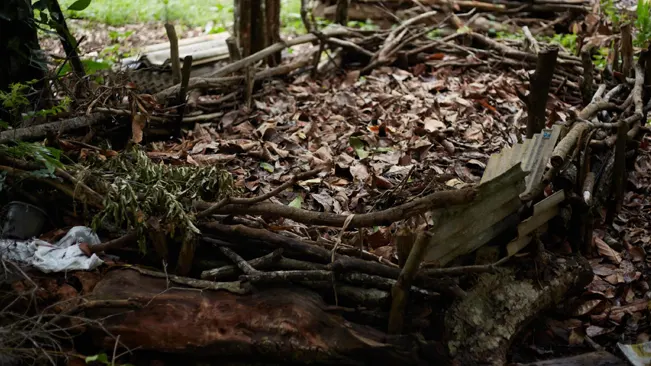
Another simple and effective technique is to leave grass clippings on the lawn after mowing. Contrary to the common belief that this can lead to thatch, grass clippings are actually beneficial. They decompose quickly and return valuable nutrients to the soil, essentially providing a free and natural fertilizer. This practice, known as grasscycling, not only nourishes the lawn but also reduces the need for synthetic fertilizers and the labor involved in bagging and disposing of the clippings.
DIY Lawn Care Solutions
Homemade Weed Killers
Tackling weeds doesn’t have to involve costly and potentially harmful chemical treatments. Many everyday household items can serve as effective, eco-friendly alternatives to commercial weed killers. For example, vinegar, with its acetic acid content, can desiccate the leaves of weeds, causing them to wither and die. It’s most effective on young, emerging weeds and may require multiple applications for tougher weeds.
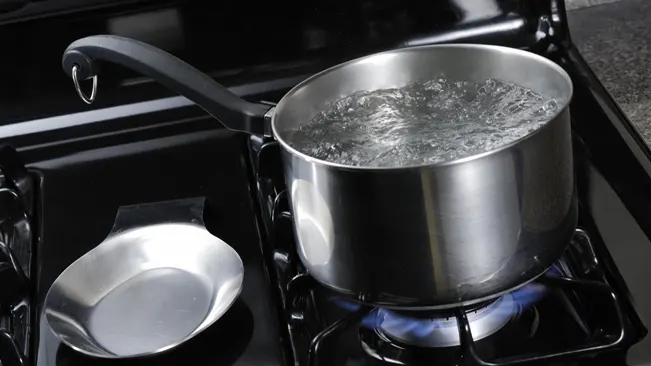
Boiling water is another simple, yet potent, method for weed control. Pouring boiling water directly onto the weeds can cook them from the root up, making this an efficient way to deal with weeds growing in the cracks of driveways or walkways. However, caution is advised as boiling water can harm beneficial plants and insects in the vicinity. Another option is to create a salt and soap mixture. Dissolving a generous amount of salt in water and adding a squirt of liquid dish soap can create a solution that, when applied to the leaves and stems of weeds, dehydrates and kills them. This method should be used sparingly and targetedly, as salt can significantly harm soil health over time.
Aerating Your Lawn
Aeration is a critical process in lawn care that involves making small holes in the soil to allow air, water, and nutrients to penetrate the grass roots. This helps the roots grow deeply and produce a stronger, more vigorous lawn. For those looking to aerate their lawn without the expense of professional services or rental equipment, DIY methods can be surprisingly effective.
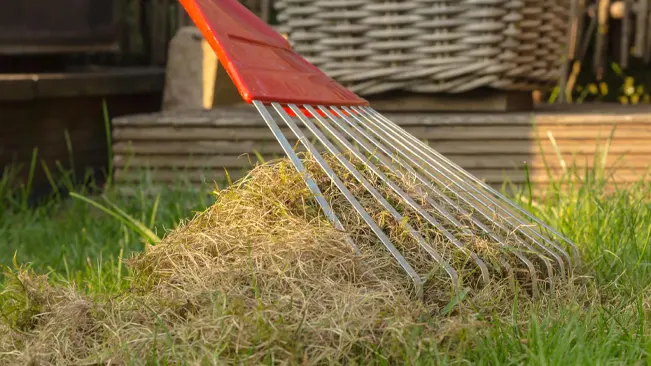
One low-cost method involves using a manual lawn aerator, which can be a simple tool with spikes or hollow tines. Walking over your lawn with this tool can create sufficient openings in the soil to improve its condition. Alternatively, for small patches or spot treatments, even a fork or a spike shoe can be used to manually puncture the soil, though this can be more labor-intensive.
Overseeding Tips
Overseeding is the process of planting new grass seeds directly into existing turf, without tearing up the turf or the soil. It’s an excellent way to fill in bare spots, improve the density of your lawn, and enhance its color. When overseeding, it’s crucial to choose a seed mix that matches your current lawn type and to do it at the right time of year for your grass type—typically in the fall for cool-season grasses and late spring or early summer for warm-season grasses.
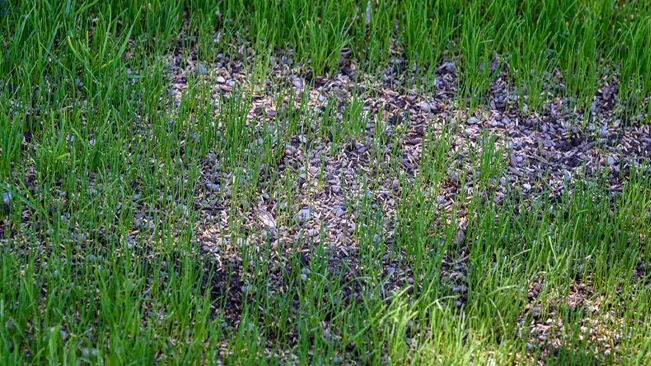
Before overseeding, mow your lawn to a lower height and remove the clippings to ensure the seeds make good contact with the soil. Loosening the top layer of soil can also help, along with applying a thin layer of compost or topsoil to provide a nutrient-rich bed for the seeds. Watering the newly overseeded areas gently but consistently until the seeds germinate is crucial for successful establishment.
Eco-Friendly Practices for Lawn Care
Mulching and Composting

Mulching
involves leaving grass clippings on the lawn after mowing, rather than bagging and disposing of them. This can be efficiently done using a mulching mower, which is designed to cut the grass into fine pieces that decompose quickly. These clippings then release valuable nutrients back into the soil, acting as a natural fertilizer. Mulching helps to retain soil moisture, reduce weed growth, and prevent soil erosion, all of which contribute to a healthier lawn ecosystem. It’s a simple yet effective way to recycle nutrients, reduce waste, and cut down on the need for synthetic fertilizers, making it an essential practice for eco-conscious gardeners.
Composting

is another cornerstone of eco-friendly lawn care, turning kitchen scraps, yard trimmings, and other organic waste into a nutrient-rich soil amendment. By setting up a compost bin or pile, homeowners can create their own compost, which can be used to enrich the lawn and garden beds, improving soil structure, moisture retention, and fertility. Composting not only reduces the amount of waste sent to landfills but also diminishes the reliance on chemical fertilizers, promoting a more natural growth environment for your lawn.
Go For a Push Reel Mower

Unlike rotary mowers that tear through grass, leaving it susceptible to pests and diseases, reel mowers provide a precise cut. This cleaner cut allows the grass to recover more quickly and enhances the overall appearance of your lawn. Manual reel mowers are powered by human effort rather than gasoline, eliminating the need for fuel expenses for your lawn maintenance. Furthermore, while gas-powered mowers can be quite pricey, manual reel mowers can be found for around $80, offering a cost-effective alternative. Moreover, these mowers are more eco-friendly compared to gas mowers, which can emit as much pollution as a car does in an hour of operation.
Conclusion
Cultivating a lush spring lawn doesn’t require a lavish budget. With a focus on understanding your lawn’s needs, implementing cost-effective care strategies, and adopting eco-friendly practices, you can achieve a beautiful lawn that’s both kind to the environment and your wallet.
FAQs
- How often should I test my soil?
It’s recommended to test your soil every 2-3 years to keep track of its nutrient levels and pH balance. However, if you’re experiencing persistent issues with lawn health or have made significant changes to your soil or lawn care routine, you might want to test more frequently. - What’s the ideal mowing height for a healthy lawn?
The optimal mowing height can vary depending on the type of grass, but a general rule is to never remove more than one-third of the grass blade length in a single mowing. For most grass types, maintaining a height of about 2.5 to 3 inches is beneficial for promoting root growth and shading out weeds. - Can homemade weed killers be as effective as commercial ones?
Yes, homemade weed killers, such as vinegar or salt solutions, can be effective for managing weeds, especially for small outbreaks or spot treatments. However, they may require repeated applications and are generally more suitable for non-grassy weeds. Always exercise caution, as these solutions can harm desirable plants as well. - How can I tell if my lawn needs aerating?
Signs that your lawn might benefit from aeration include compacted soil (hard to penetrate with a screwdriver), water pooling on the surface after rain, thin or patchy grass, and heavy foot traffic areas that look worn. Aeration is typically most beneficial when performed during your lawn’s growing season. - Are there benefits to using native plants in my lawn?
Absolutely. Incorporating native plants into your lawn can offer several advantages, including reduced water usage, less need for fertilizers and pesticides, and better support for local wildlife, such as pollinators and birds. Native plants are adapted to the local climate and soil conditions, making them more resilient and lower maintenance than non-native species.

Joel Cunningham
Forestry AuthorI'm Joel Cunningham, an expert in pruning and weed management with over a decade of experience. My skills are rooted in formal training and extensive practice, focusing on advanced pruning techniques and efficient weed control. I'm known for my quality work, precision, and deep understanding of plant health and soil dynamics. My contributions extend to educational initiatives where I share sustainable practices and advice, establishing myself as a reliable and authoritative figure in the gardening community.



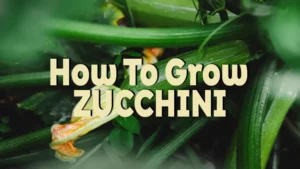
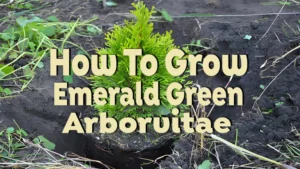


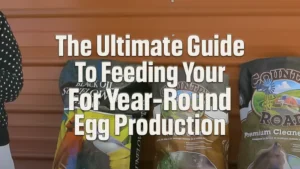




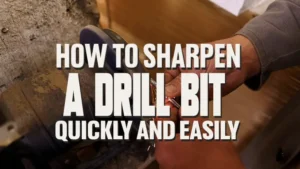
Leave your comment